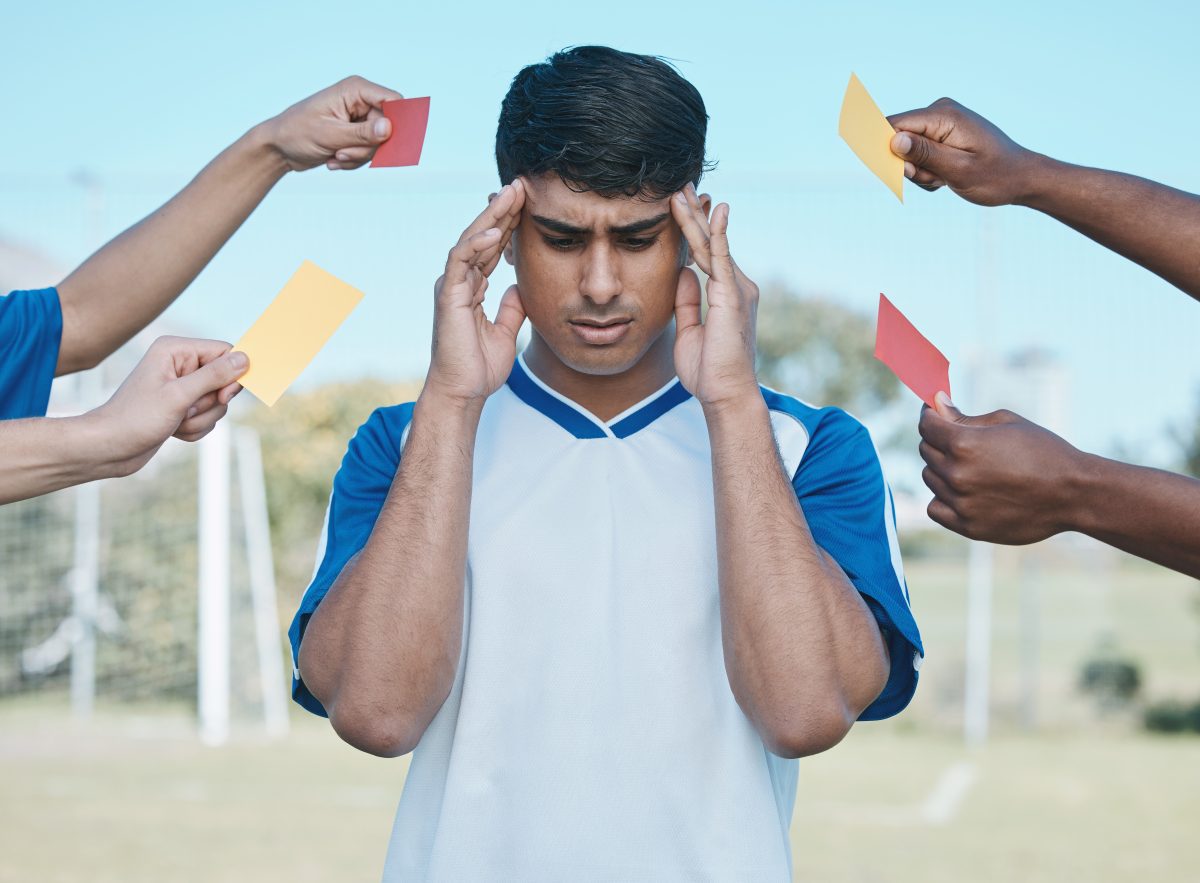Student Visa Rejections on the Rise – Why It’s Happening in 2025 and How to Avoid It
In recent years, the dream of studying abroad has become increasingly competitive, but in 2025, a concerning trend has emerged — student visa rejections are on the rise. Thousands of international students are facing unexpected setbacks as their visa applications are denied, often without clear understanding of the reasons behind it.

So, why are student visa rejections increasing in 2025, and more importantly, how can you avoid becoming part of this statistic? This in-depth article explores the key causes of rising visa refusals, offers expert insights, and provides actionable steps to boost your chances of approval.
The Current State of Student Visa Rejections in 2025
Global Trends in Visa Denials
International student mobility has surged in recent years, but so has scrutiny by immigration authorities. Countries like the United States, Canada, the UK, and Australia are tightening their visa issuance policies in response to:
- Increased fraudulent applications
- Overstays and illegal immigration concerns
- Policy shifts due to economic and political changes
- Global security enhancements
According to recent immigration data, student visa rejection rates have risen by over 15% across major destinations compared to 2023.
Top Reasons for Student Visa Rejections in 2025
Let’s break down the most common reasons student visas are getting rejected.
1. Insufficient Financial Proof
Immigration officers must be convinced that you can afford your education and living expenses without relying on illegal work or public funds.
Common Mistakes:
- Providing incomplete bank statements
- Using unverified sponsors
- Showing sudden large deposits without proof of source
Tip: Submit 6 months of bank history, with official bank letters, sponsor affidavits, and proof of income/employment.
2. Weak Ties to Home Country
Under Section 214(b) of the U.S. Immigration and Nationality Act, F-1 visa applicants must prove they intend to return home after graduation.
Red Flags:
- Lack of family or property ties to the home country
- No clear career path post-graduation
- Applicant’s past overstays or refusals
How to Fix:
- Provide documents like property deeds, job offers, or letters from local employers showing intent to return.
- Emphasize family ties and responsibilities back home.
3. Poor Visa Interview Performance
A confident, truthful, and well-prepared visa interview is key. Many students are rejected simply due to nervousness, inconsistent answers, or lack of knowledge about their study plans.
Common Questions You Must Prepare For:
- Why this university and course?
- Who is funding your education?
- What will you do after graduation?
Practice Tip: Mock interviews can help you articulate your answers clearly and confidently.
4. Questionable Academic History or University Choice
Visa officers often assess whether a student’s academic background aligns with their chosen course and whether the institution is reputable.
Mistakes That Raise Suspicion:
- Choosing unaccredited or low-ranking schools
- Applying for a course unrelated to previous education
- Gaps in education without a valid explanation
Solution:
- Explain career goals clearly.
- Attach academic resumes, course justifications, and letters of recommendation.
5. Incomplete or Inaccurate Application
Small errors in documentation can lead to outright rejection.
Examples:
- Mismatched passport details
- Typos in names, birthdates
- Missing signatures or forms
Pro Tip: Triple-check every form. Use a document checklist and consider a visa consultant if needed.
6. Intent to Work Illegally
Authorities are increasingly alert to applicants who might use student visas as a path to illegal employment or long-term immigration.
Avoid Saying:
- “I want to work and settle there after studies.”
- “I’ll look for any job I can find after graduation.”
Correct Approach:
- Focus on education, knowledge gain, and returning home to contribute to your field.
How to Avoid a Student Visa Rejection in 2025
✅ Gather Strong Financial Documents
- Bank statements from reliable sources
- Tax returns, employment letters, pay slips
- Proof of sponsor relationship (if applicable)
✅ Show a Clear Academic and Career Plan
- Write a compelling Statement of Purpose (SOP)
- Match your previous studies with your course
- Demonstrate how this degree will help your career
✅ Prepare Thoroughly for Your Interview
- Practice with a trusted mentor
- Be honest, calm, and confident
- Know your university, course, tuition fees, and location
✅ Demonstrate Ties to Your Home Country
- Include documents like:
- Property ownership
- Family businesses
- Job offer letters
- Community involvement
Country-Specific Factors Affecting Rejections
United States (F-1 Visa)
- Highly focused on intent to return and financial ability
- Increasing scrutiny of non-STEM programs
Canada (Study Permit)
- Strong emphasis on genuine intent
- Rejecting more students with low IELTS scores
United Kingdom (Tier 4 Visa)
- Often denies students with insufficient funds or unclear educational progression
Australia (Student Visa Subclass 500)
- Requires proof of Genuine Temporary Entrant (GTE)
- Recent changes affect students from high-risk countries
What to Do If Your Student Visa Is Rejected
Step 1: Understand the Rejection Reason
Check the visa denial letter for specific grounds.
Step 2: Evaluate and Rectify
- Address the issues — better documents, clearer answers, etc.
- Reapply when you’ve fixed the gaps.
Step 3: Reapply Strategically
- Choose a better university if credibility was an issue.
- Apply under a different intake cycle with a fresh application.
Bonus Tip: If you believe the denial was a mistake, consult an immigration lawyer to explore appeal options.
Final Thoughts
With student visa rejections rising in 2025, preparation is more important than ever. Understanding the reasons behind the trends, submitting strong documentation, and presenting yourself as a genuine student with a clear future plan are essential for success.
Remember, a rejection is not the end—it’s a signal to improve your approach. By following the strategies in this guide, you’ll increase your chances of getting your visa approved and starting your educational journey abroad.











